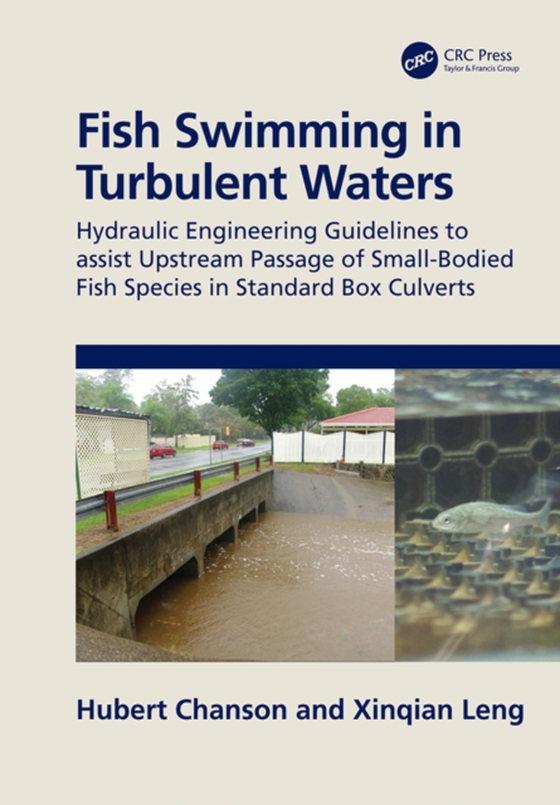
Fish Swimming in Turbulent Waters e-bog
403,64 DKK
(inkl. moms 504,55 DKK)
Low-level river crossings, including culverts, are important for delivering a range of valuable socioeconomic services, including transportation and hydrological control. These structures are also known to have negative impacts on freshwater river system morphology and ecology, including the blockage of upstream fish passage, particularly small-body-mass fish species. Given the enormous environ...
E-bog
403,64 DKK
Forlag
CRC Press
Udgivet
13 september 2020
Længde
202 sider
Genrer
TGMF2
Sprog
English
Format
epub
Beskyttelse
LCP
ISBN
9781000049992
Low-level river crossings, including culverts, are important for delivering a range of valuable socioeconomic services, including transportation and hydrological control. These structures are also known to have negative impacts on freshwater river system morphology and ecology, including the blockage of upstream fish passage, particularly small-body-mass fish species. Given the enormous environmental problems created by road crossings, new hydraulic engineering guidelines are proposed for fish-friendly multi-cell box culvert designs. The focus of these guidelines is on smooth box culverts without appurtenance, with a novel approach based upon three basic concepts: (I) the culvert design is optimized for fish passage for small to medium water discharges, and for flood capacity for larger discharges, (II) low-velocity zones are provided along the wetted perimeter in the culvert barrel, and quantified in terms of a fraction of the wetted flow area where the local longitudinal velocity is less than a characteristic fish speed linked to swimming performances of targeted fish species, and (III) the culvert barrel is smooth, without any other form of boundary treatment and appurtenance. The present monograph develops a number of practical considerations, in particular relevant to box culvert operations for less-than-design discharges. It is argued that upstream fish passage capabilities would imply a revised approach to maintenance, in part linked to the targeted fish species.This reference work is authored for civil and environmental engineers, as well as biology and ecology scientists interested in culvert design. While the book is aimed to professionals, the material is also lectured in postgraduate courses and in professional short courses.
 Dansk
Dansk

